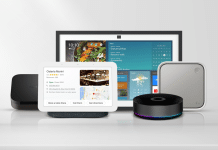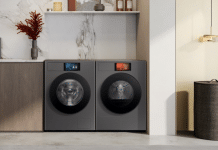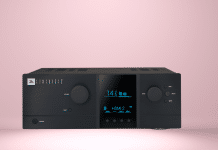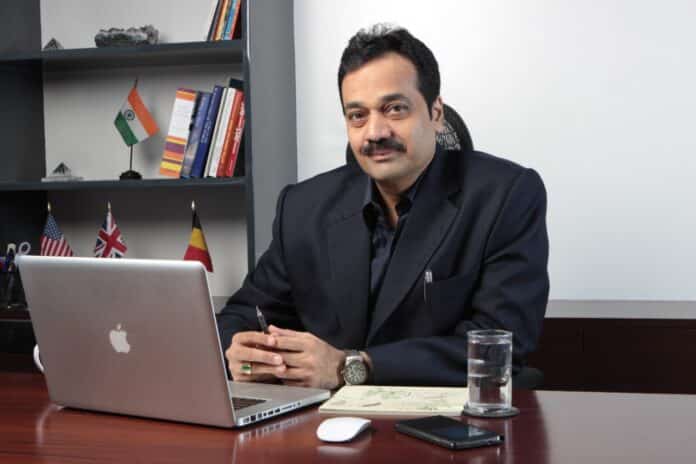
-In conversation with Ar. Milind Pai, Principal Architect, Milind Pai Architects
Connected homes are no longer a futuristic concept in India. It is gaining popularity quite rapidly. Indians are willing to spend on safety, comfort and style and hence, the demand graph is rising vigorously. “Smart Homes are creating a better experience for homeowners resulting in a home that’s secure, energy-efficient and easier to manage. This improves and enriches the overall quality of life. Also, the ease of operation at a finger’s click to create various scenarios, is an experience, way beyond the traditional multi-use switching system”, says Ar. Milind Pai.
Who(consumer groups) are opting for smart homes the most?
The consumers with a very busy, on-the-go lifestyle, or consumers with bigger homes, who need easy access to all spaces on their fingertips are mostly opting for smart homes. Also, those who are looking for an enhanced lifestyle, along with comfort, convenience for their elderly and young members, are inclined towards smart homes.
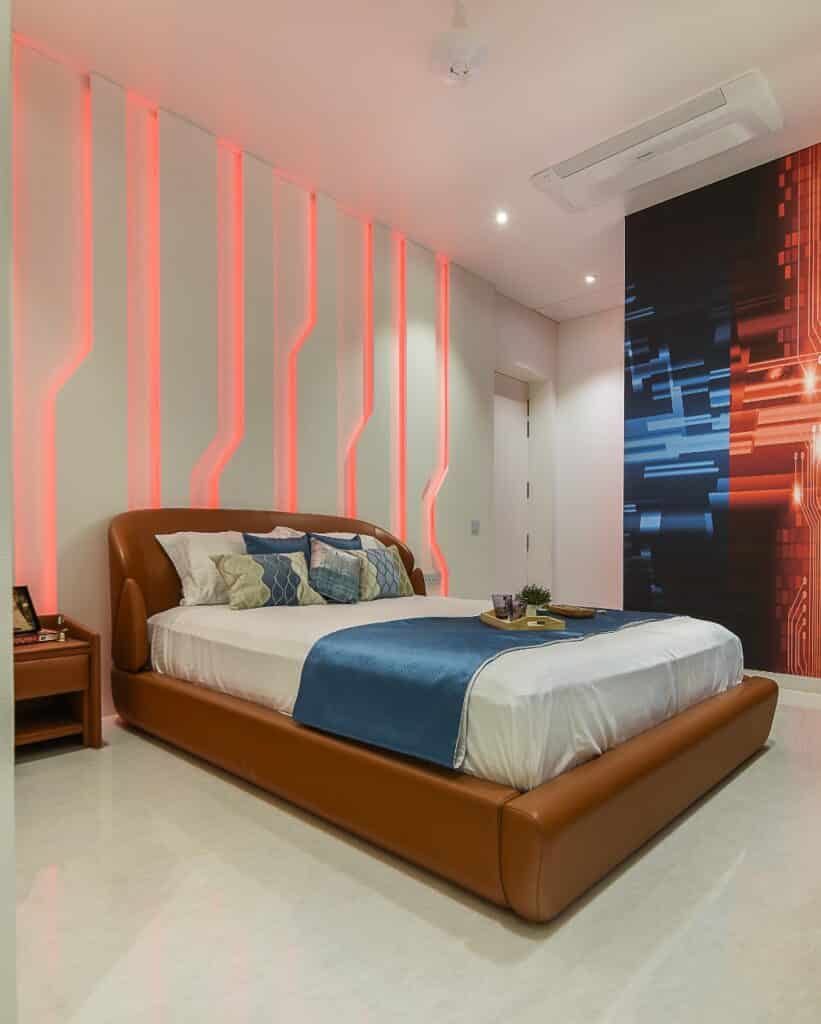
What according to you are the must-have smart home products in today’s contemporary homes?
Out of the wide range of smart home products, the two must-have products would be, Biometric doors for better and stronger security and Automated/Sensory lights for convenience and energy savings.
What role does system integrators play when it comes to designing a smart home? How important is their role?
A system integrator is a right person to understand and explain, to the consumer, the technology and various features of the products/devices. Products installations are mostly done by the system integrators. They program the system in such a way that brings forward all the design features while fetching the technical inputs. This is very difficult for a layman to understand. Moreover, there are many specific features, offered by a system, that may vary from one system to another and, only the system integrator can understand and deliver.
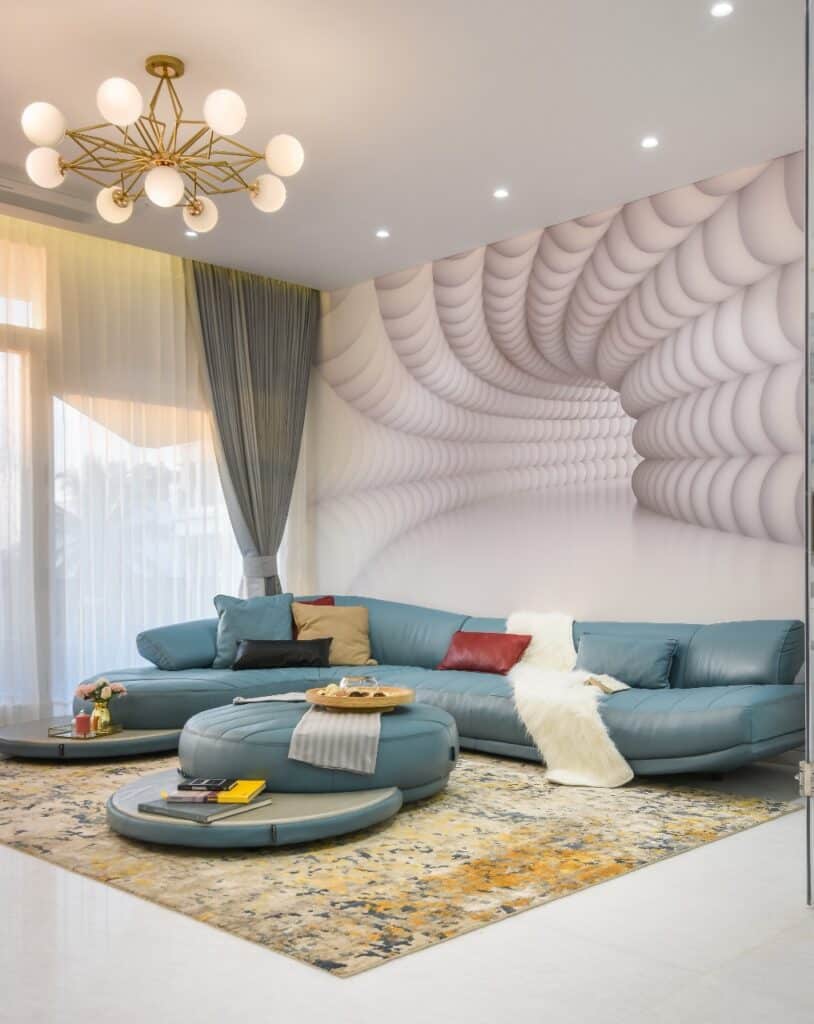
Products of which category (lighting, security, entertainment etc.) witness maximum demand when it comes to integrating smart home devices while doing the interiors? Why?
Security and lighting are the categories that are currently witnessing high demand. Security systems like biometric locks, cameras, etc. are required at many places for maximum protection. On the other hand, smart lighting is gaining popularity due to the convenience it offers and the amount of energy it conserves.
What according to you are the major benefits of Smart & connected homes in the current “tech-savvy-era”?
Automated homes have all electrical connections, functions and facilities that can be connected and controlled by a smartphone or a computer, with the touch of a button. Mobility of access at your convenience is also one major benefit in the current tech-savvy era.
In which sector (hospitality, commercial, residential), according to you, traditional devices and techniques are getting rapidly displaced to make room for smart devices and systems, aided with the latest technologies? And why?
The residential sector seems to be the one where traditional devices are rapidly being replaced by smart devices and systems. One of the major reasons is the lifestyle change that is taking place globally due to the lockdown phase, initiated by the pandemic when many people adapted work from home culture and wanted better comfort at home.
In what ways do you think the concept of smart homes has contributed to the lifestyles of working professionals?
Initially, smart homes were being marketed primarily as houses with high-end security features. However, the market is now evolving fast into newer areas like lighting systems, gas leakage detectors, fire detection systems, entertainment systems and energy efficiency systems. Smart homes offer the working professionals a sense of security, convenience while initiating easy management, comfort and cost savings.
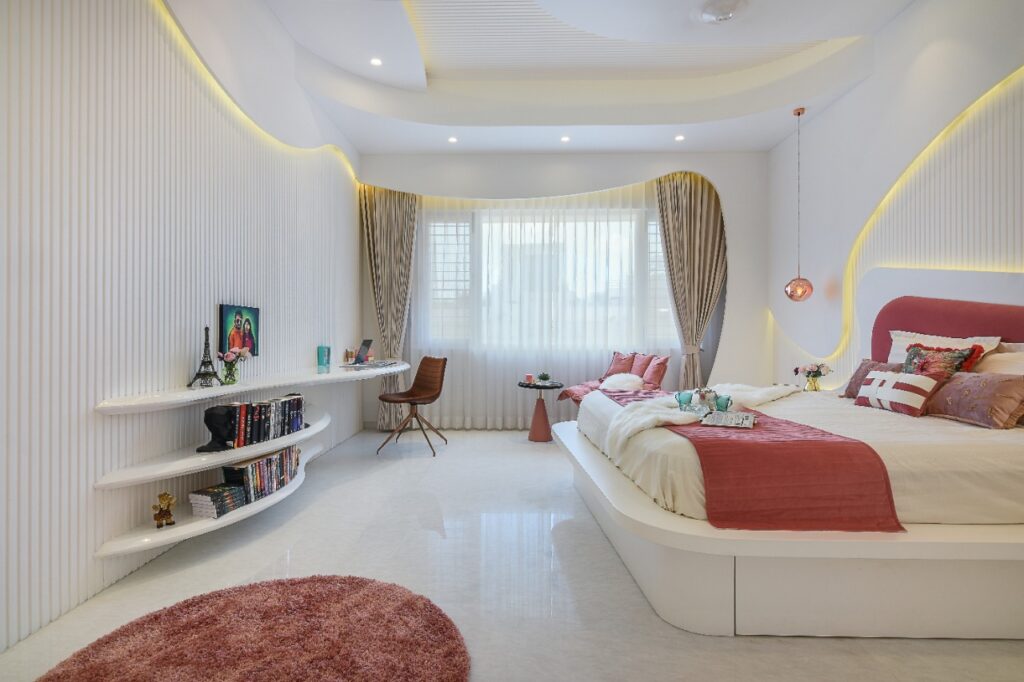
Do you see any challenging factor(economic, social, environmental etc.) that has a strong potential to restrain the smart home industry? What, according to you, are the possible solutions?
Not really. The only challenge, I feel, is the lack of a tech-savvy environment, where the systems are more complex to operate. But simpler operating systems will never see any inhibitions for use. Also, the post-sale service is very important as the local electrician cannot help in the maintenance of such technical systems. Therefore, the choice of the brand and system plays a big role in overcoming this challenge.
How do you foresee the Smart home industry 5 years down the line?
More Indians are blending in with the idea of living in fully-automated Smart Homes. Reports suggest that the Smart Home market is expected to grow vigorously year on year, thereby, the market is anticipated to double in size in the next 2-3 years.





